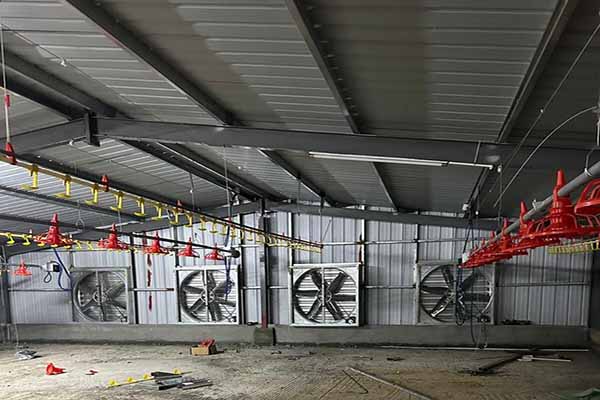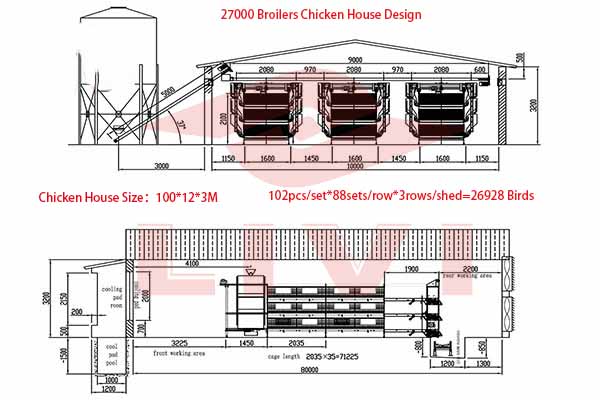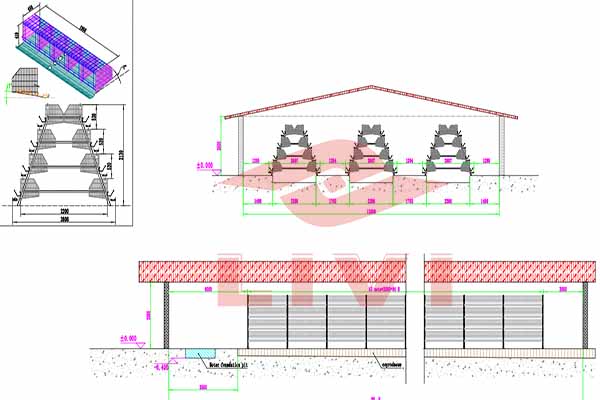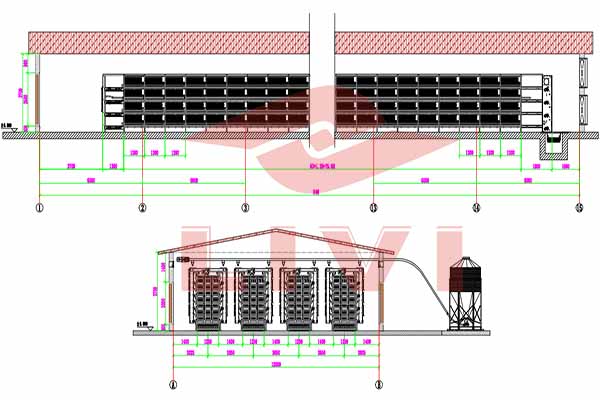How to Manage 20,000 Layers with an Automatic System in Poultry Farming
Introduction
Managing a large-scale poultry farm, such as a chicken hatchery with 20,000 layers, requires efficient systems to ensure optimal productivity and animal welfare. Implementing an automatic management system can significantly enhance the operation of your farm. In this article, we will discuss the key components and strategies for effectively managing 20,000 layers using an automated system.
Key Components of an Automatic Management System
An automatic management system for a poultry farm typically includes the following elements:
- Sensors for monitoring temperature, humidity, and light levels
- Feeding Systems that automatically dispense feed
- Watering Systems that ensure a constant supply of clean water
- Environmental Control Units for regulating the farm’s climate
- Automatic Waste Management to reduce labor and environmental impact
- Health Monitoring systems to detect diseases early
- Inventory Management software for tracking bird counts and growth rates
Strategies for Effective Management
To manage 20,000 layers successfully, consider the following strategies:
- Implement a Centralized Control System: A single control panel or software interface can monitor and manage all systems in real-time, allowing for quick adjustments to the farm’s environment.
- Regular Maintenance and Calibration: Schedule regular maintenance to ensure all systems are functioning correctly. Calibration is crucial for accurate monitoring and control.
- Staff Training: Ensure that your staff is well-trained to operate and maintain the automated systems.
- Data Analysis: Use the data collected by the systems to analyze trends and make informed decisions.
- Energy Efficiency: Optimize the system to reduce energy consumption and lower costs.
Benefits of an Automatic Management System
Adopting an automatic management system for your poultry farm offers several advantages:
- Increased Productivity: Automation reduces the time spent on manual tasks, allowing employees to focus on more critical activities.
- Enhanced Animal Welfare: A controlled environment improves the overall health and well-being of the birds.
- Cost Reduction: By automating processes, you can minimize labor costs and energy consumption.
- Scalability: The system can be easily expanded to accommodate larger flocks or more complex operations.
Case Study
A recent case study showed that a poultry farm implementing an automatic management system achieved a 30% increase in productivity and a 20% reduction in energy consumption compared to a traditional setup.
Contact Us for Your Free Poultry Farm Design and Equipment Quotation
Are you ready to transform your poultry farm with an automated system? Contact us today to get a free design and equipment quotation for your 20,000-layer farm. Our expert team is here to help you every step of the way.





